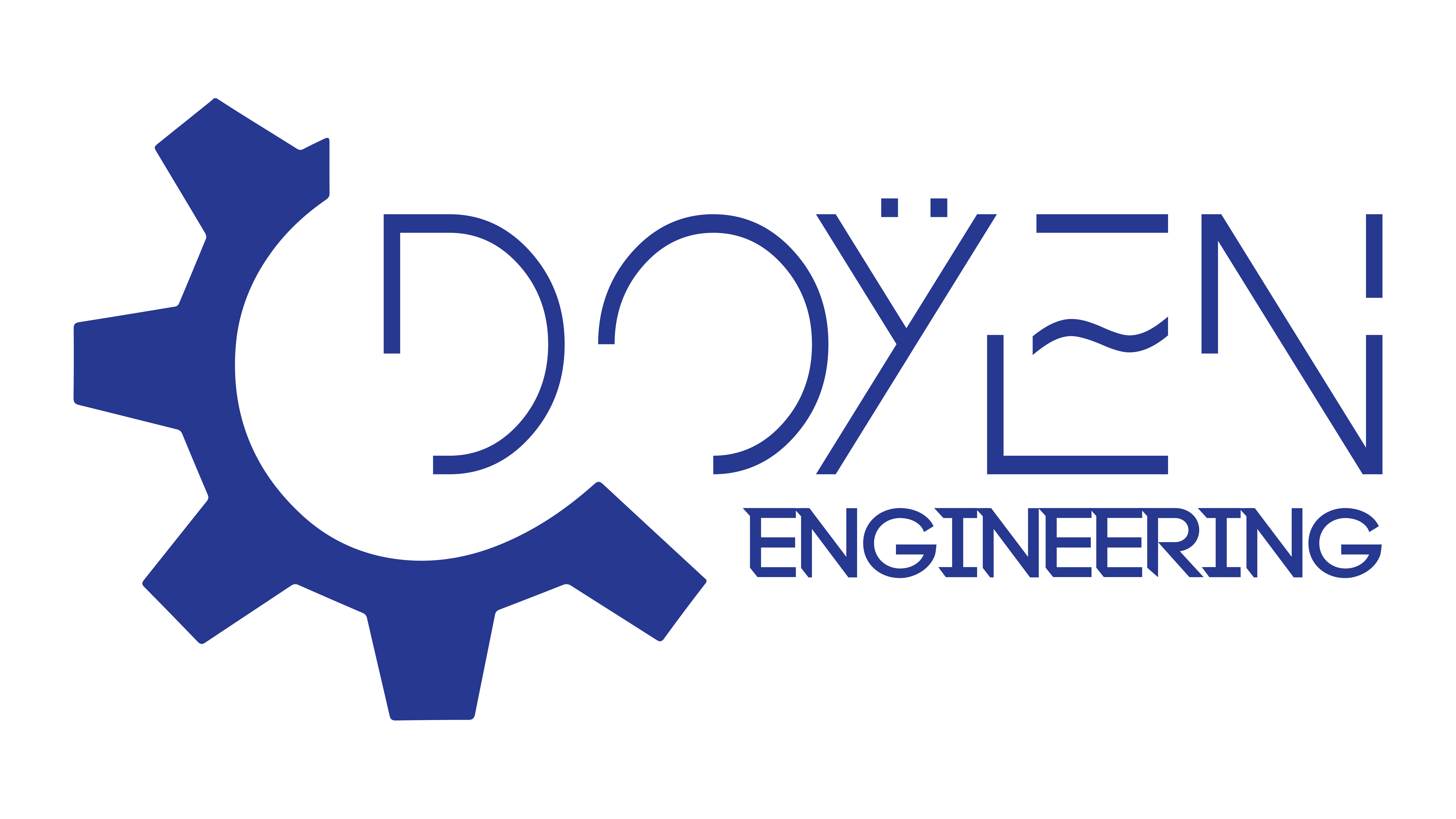
An Overview of Smart Grid Technology
Importance of Smart Grids
Smart grids are crucial for modern energy management, allowing for more reliable and efficient electricity distribution. They enable utilities to monitor energy consumption in real-time and adapt to demand fluctuations. Consider the case of a community that faced frequent blackouts. After upgrading to a smart grid, they experienced improved service reliability and a dramatic reduction in outages. Key benefits include:
- Improved energy efficiency
- Reduced operational costs
- Enhanced grid reliability
Key Components of Smart Grids
A smart grid comprises several key components that work together to optimize energy use. These include:
- Smart Meters: Provide real-time data to consumers and utilities.
- Advanced Sensors: Monitor the grid’s health and performance.
- Communication Networks: Facilitate data exchange between devices and systems.
- Distributed Energy Resources (DERs): Include solar panels and batteries that enhance resilience.
Through these components, smart grids empower users and utilities alike, creating a sustainable energy future.

Advantages of Implementing Smart Grids
Energy Efficiency
One of the most significant advantages of implementing smart grids is their impact on energy efficiency. By utilizing advanced metering and data analytics, utilities can identify usage patterns and help consumers manage their energy consumption more effectively. For example, a family using a smart thermostat can adjust their heating or cooling based on real-time energy prices, leading to substantial savings on their monthly bills. Key aspects of energy efficiency include:
- Real-time energy monitoring
- Automated demand response
- Reduced energy waste
Integration of Renewable Energy Sources
Smart grids also play a pivotal role in integrating renewable energy sources, such as wind and solar power, into the traditional energy mix. They facilitate the smooth flow of energy from these sources, allowing communities to reduce their reliance on fossil fuels. For instance, a city that installed a smart grid system was able to connect thousands of solar panel users, significantly decreasing its carbon footprint. Some benefits of renewable energy integration are:
- Increased energy diversification
- Enhanced grid stability
- Promotion of sustainable practices
The combination of energy efficiency and renewable energy integration exemplifies how smart grids can lead to a greener, more resilient future.

Challenges Faced by Smart Grid Implementation
Cybersecurity Risks
While smart grids offer numerous advantages, they also present significant cybersecurity risks. With increased connectivity and reliance on digital technologies, utilities become attractive targets for cyberattacks. For example, a utility that recently experienced a data breach saw internal systems compromised, leaving them scrambling to secure sensitive customer information. Key cybersecurity challenges include:
- Increased exposure to hacking attempts
- Potential service disruptions
- Need for robust security protocols
Cost Concerns
Cost is another substantial barrier to smart grid implementation. The initial investment for developing and upgrading infrastructure can seem daunting. Utilities must navigate expenses related to new technology, installation, and ongoing maintenance. For instance, a municipal utility considering a smart grid upgrade estimated costs in the millions, which made securing funding a complex process. Concerns regarding cost are often highlighted by:
- High upfront implementation expenses
- Long payback periods
- Budget constraints for smaller utilities
By addressing these challenges, stakeholders can pave the way for a more successful transition to advanced smart grid systems.

Role of Artificial Intelligence in Smart Grids
Optimizing Energy Distribution
Artificial Intelligence (AI) is transforming energy distribution within smart grids by enabling more efficient management of resources. For instance, AI algorithms can predict demand fluctuations based on historical data, weather patterns, and consumer behavior. A local power company used AI to optimize its energy distribution, leading to a significant reduction in energy waste and improved response times during peak demand periods. Key benefits of AI in energy distribution include:
- Enhanced demand forecasting
- Improved energy load balancing
- Automatic fault detection and response
Enhancing Grid Resilience
Beyond optimizing distribution, AI also enhances grid resilience against outages and disruptions. By analyzing vast amounts of data, AI can identify vulnerabilities and potential failure points within the grid. A critical example is a utility that implemented AI-driven predictive maintenance, which allowed them to address equipment issues before they escalated into outages, ultimately improving service reliability. Some ways AI contributes to grid resilience are:
- Real-time monitoring of grid conditions
- Rapid identification of outages and restoration needs
- Simulation of diverse scenarios for better preparedness
Overall, integrating AI into smart grids is paving the way for a safer, more reliable energy future.

Future Trends in Smart Grid Development
IoT Integration in Smart Grids
The future of smart grids is promising, particularly with the integration of the Internet of Things (IoT). This technology allows for seamless communication between devices, enabling real-time data exchange and more efficient energy management. For instance, a household equipped with IoT devices can track energy usage and adjust consumption patterns to save on costs, all while contributing to a more stable grid. Benefits of IoT integration include:
- Enhanced data collection and analysis
- Improved energy consumption tracking
- Increased automation and efficiency
Grid Modernization Initiatives
Alongside IoT, grid modernization initiatives are becoming increasingly vital. These initiatives focus on upgrading infrastructure, utilizing advanced technologies, and incorporating smart solutions. For example, a city initiated a grid upgrade that included new substations and smart meters, resulting not only in reduced energy losses but also significantly enhanced service reliability. Key aspects of grid modernization involve:
- Upgrading aging infrastructure
- Implementing smart technologies
- Fostering greater community participation in energy usage decisions
As we move forward, these trends will continue to shape the evolution of smart grids, ultimately leading to more sustainable and reliable energy systems.





